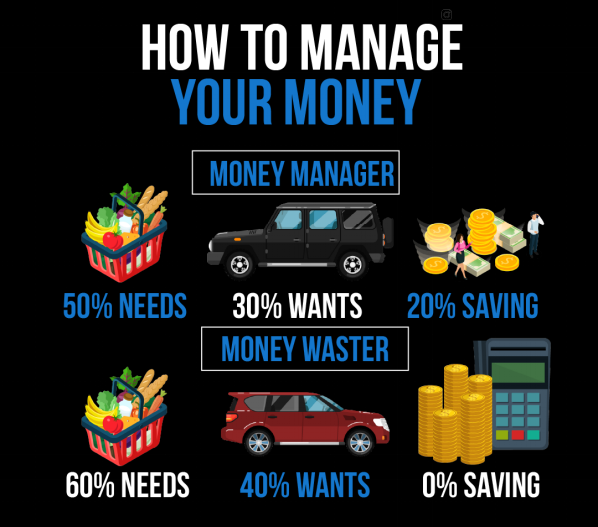
06
6月
個人融資
で 未分類
コメント
現在のステータス
登録されていない
価格
閉じる
始めましょう
このコースは現在閉鎖されています
コース コンテンツ
第1章 個人金融入門
第2章 金融に対する態度と行動
第3章 収入とキャリアの両立
第4章 財務計画と目標設定
第5章 予算編成と経費管理
第6章 消費者の意思決定